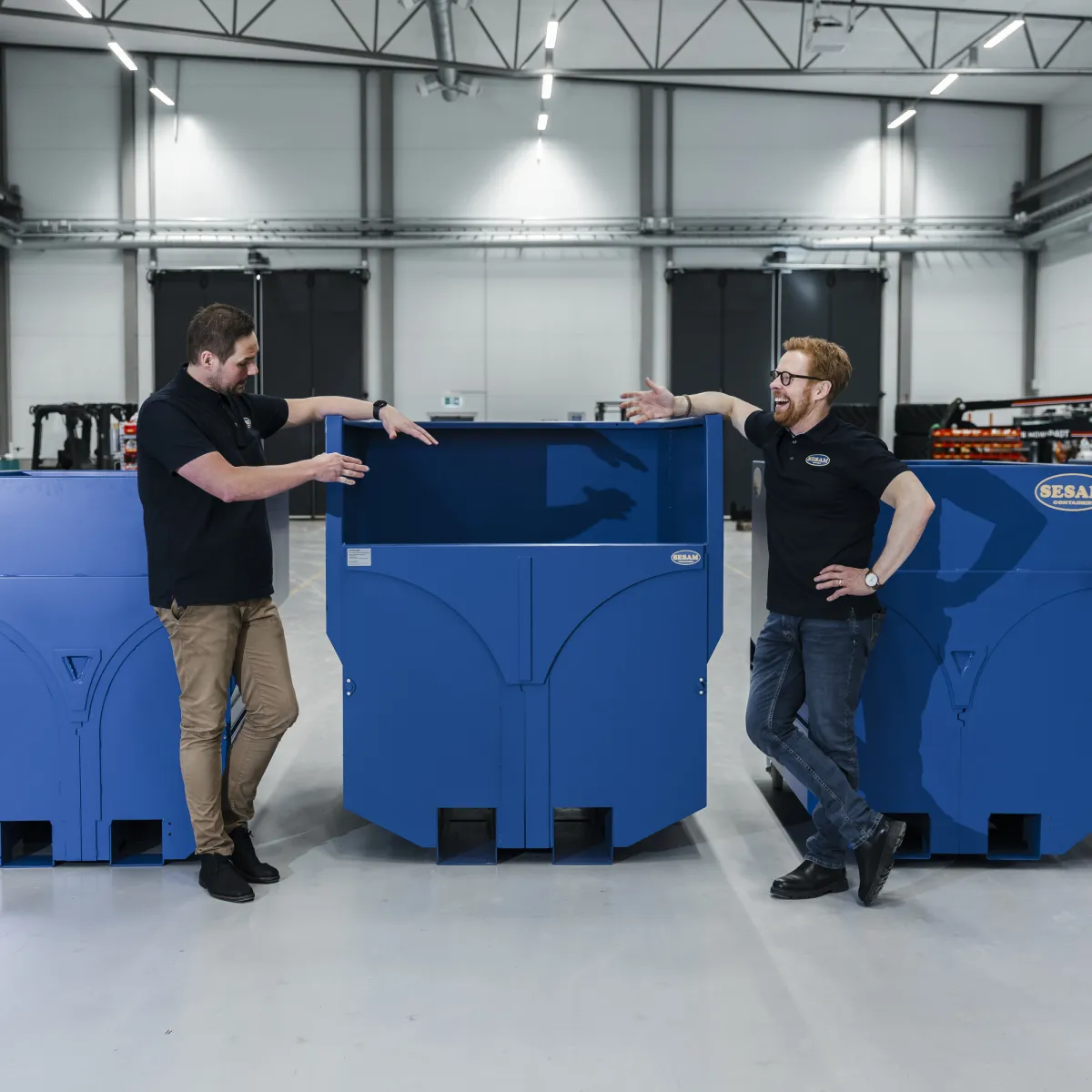Comparing Bottom Emptying Containers vs. Traditional Dump Bins
Comparing Bottom Emptying Containers vs. Traditional Dump Bins
Blog Article
When it comes to bottom-emptying containers, durability is just a important factor. These pots must resist recurring use, different environmental problems, and continuous handling. This makes material choice a high priority. To ensure bottom emptying container (bottentömmande container) provide extended support life and maintain their effectiveness, manufacturers depend on specific components engineered for power, opposition, and reliability.
Below, we spotlight the very best materials that promise toughness and efficiency for bottom-emptying containers.
1. High-Density Polyethylene (HDPE)
High-Density Polyethylene, or HDPE, is one of the most frequently used materials for sturdy containers. Known for its affect opposition and mobility, HDPE are designed for equally major masses and rough handling. That material is very suited to hard industrial use and outdoor conditions as a result of its opposition to UV rays and chemicals. Also, HDPE is lightweight, rendering it easier to transport and manage without reducing on strength.

Why Choose HDPE?
Exceptional weight to weather and compounds
Light but powerful
Environmentally friendly, as it is recyclable
2. Stainless Steel
For industries requiring heavy-duty longevity or sanitary problems, metal is a great material. It is strong, highly tolerant to rust, and capable of withstanding extreme temperature fluctuations. Moreover, stainless assures endurance, rendering it a cost-effective option in the long run. Their easy area also simplifies preservation and washing, that is invaluable for purposes in food running or healthcare industries.
Key Benefits of Stainless Steel
Exemplary strength and longevity
Rust-proof and ideal for long-term use
Simple to clean and keep
3. Fiberglass-Reinforced Plastic (FRP)
Fiberglass-Reinforced Plastic (FRP) is a high-performance substance mixing the strength of fiberglass with the cost-effectiveness of plastic. FRP excels in very harsh and chemical-heavy settings, which makes it an excellent selection for pots utilized in substance manufacturing or storage. Also, FRP bins are lightweight, making them easier to move compared to steel equivalents.
Advantages of FRP
Corrosion-resistant in challenging conditions
Light and easy to take care of
Could be customized for certain purposes
4. Aluminum
When a harmony between strength and lightweight style is required, aluminum sticks out as a top option. It is specially favored for purposes that require mobility due to its minimal weight. Metal is corrosion-resistant, which makes it suitable for outside conditions or places exposed to moisture.

Highlights of Aluminum
Exemplary lightweight-to-strength rate
Corrosion-resistant for outdoor use
Sustainable since it is recyclable
Choosing the Right Material for Your Needs
The choice of product for bottom-emptying pots depends upon the precise application, environmental situations, and needed load capacity. HDPE is fantastic for cost-effective mobility, while metal offers unparalleled power for sanitary environments. FRP and metal, on the other give, focus on industries seeking light or extremely corrosion-resistant options.
By choosing the right substance, you can ensure that the bins present sustained efficiency, remain useful over time, and match special operational needs. Report this page